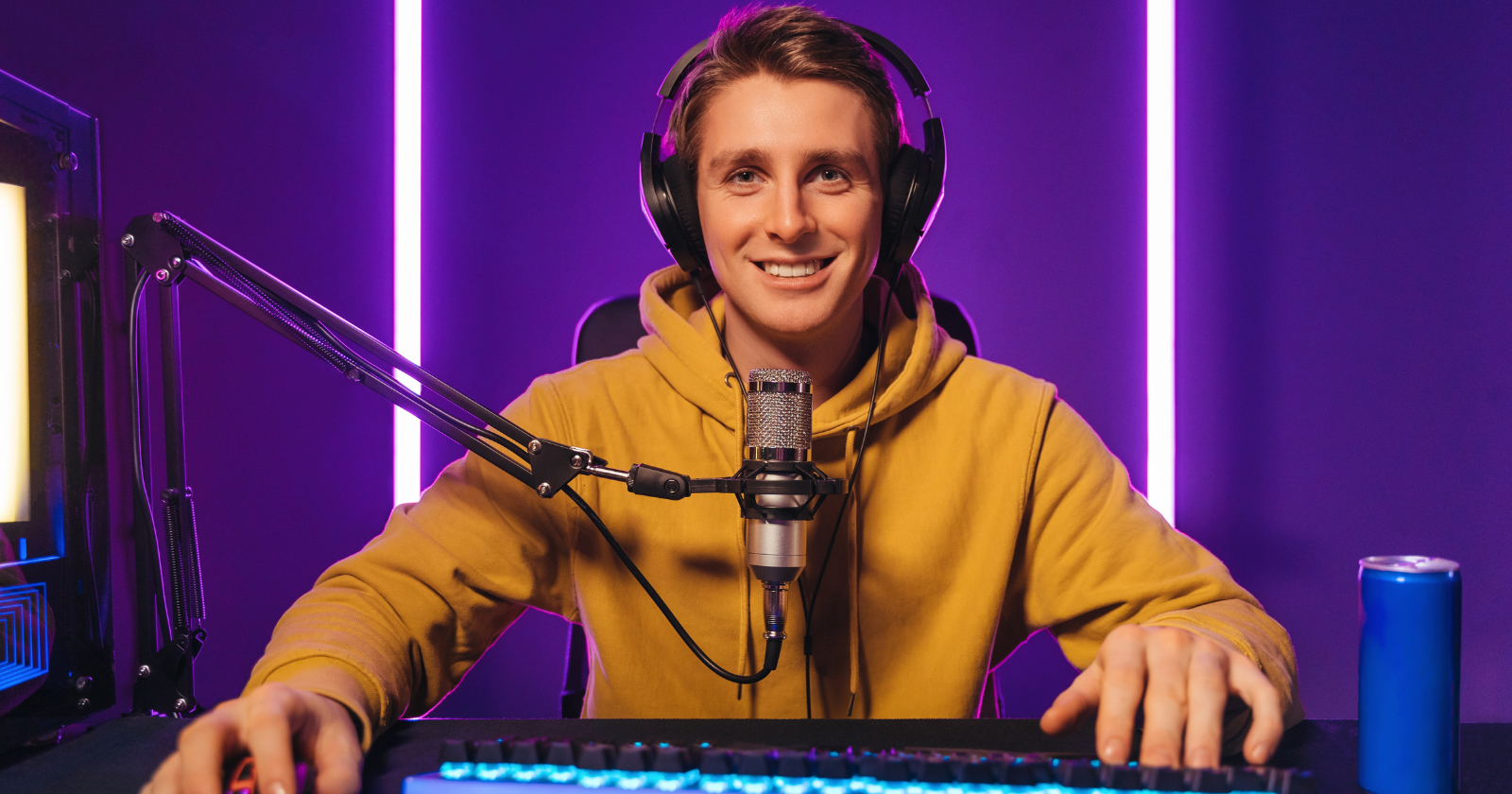The Wild West of YouTube: Navigating the Murky Waters of Controversy
YouTube, the behemoth of online video, has become an integral part of modern culture. From entertainment and education to vlogging and live streaming, it offers a platform for creators of all kinds to share their content with a global audience. However, the platform’s very nature—open, unfiltered, and rapidly evolving—makes it a breeding ground for controversies. This article delves into the world of YouTube controversies, exploring their causes, consequences, and the ongoing efforts to address them.
The Appeal and Peril of Unfiltered Content
YouTube’s appeal lies in its accessibility and authenticity. Unlike traditional media, it allows individuals to express themselves directly to their audience without the filter of corporate gatekeepers. This unfiltered nature, however, can also be a source of problems.
-
The Rise of Problematic Content: The lack of strict editorial oversight can lead to the proliferation of content that is harmful, offensive, or misleading. This includes hate speech, misinformation, promotion of dangerous challenges, and exploitation of vulnerable individuals.
-
Algorithm Amplification: YouTube’s recommendation algorithm, designed to maximize engagement, can inadvertently amplify controversial content. Videos that generate strong reactions, even negative ones, are often promoted more widely, leading to further exposure and potential harm.
Types of YouTube Controversies
YouTube controversies come in many forms, each with its own unique characteristics and consequences. Here are some of the most common types:
-
Content Creator Misconduct: This category encompasses a wide range of behaviors, including:
- Offensive or discriminatory statements: YouTubers have faced backlash for making racist, sexist, homophobic, or otherwise offensive remarks in their videos or on social media.
- Plagiarism: Copying content from other creators without proper attribution is a serious offense in the YouTube community.
- Harassment and bullying: YouTubers have been accused of targeting individuals or groups with harassment and bullying campaigns.
- Exploitation of children: Concerns have been raised about YouTubers exploiting their children for views and profit.
-
Misinformation and Conspiracy Theories: YouTube has been criticized for allowing the spread of misinformation and conspiracy theories, particularly in areas such as health, politics, and science.
-
Problematic Challenges and Stunts: Some YouTubers have engaged in dangerous or irresponsible challenges and stunts, often targeting young audiences.
-
Copyright Infringement: The use of copyrighted material without permission is a persistent problem on YouTube, leading to takedown requests and legal disputes.
Case Studies: Notable YouTube Controversies
Several high-profile YouTube controversies have made headlines in recent years:
-
Logan Paul’s Suicide Forest Video (2018): Paul faced widespread condemnation for filming a video in Japan’s Aokigahara forest, known for its high suicide rate. The video, which showed Paul and his crew reacting to a deceased body, was deemed insensitive and disrespectful.
-
PewDiePie’s Anti-Semitic Remarks (2017): PewDiePie, one of YouTube’s most popular creators, faced backlash for including anti-Semitic jokes and imagery in his videos.
-
The Tide Pod Challenge (2018): A dangerous trend emerged in which young people filmed themselves eating Tide Pods, leading to serious health consequences. YouTube took steps to remove videos promoting the challenge.
YouTube’s Response to Controversy
YouTube has taken steps to address the issue of controversial content, but its efforts have been met with mixed success. Some of the measures implemented by YouTube include:
-
Community Guidelines: YouTube has established community guidelines that prohibit hate speech, harassment, and other forms of harmful content.
-
Content Moderation: YouTube employs human moderators and automated systems to review and remove content that violates its guidelines.
-
Demonetization: YouTube can demonetize channels that violate its guidelines, preventing creators from earning revenue from their videos.
-
Transparency Reports: YouTube publishes transparency reports that provide data on content removals, copyright strikes, and other enforcement actions.
The Ongoing Debate
Despite these efforts, the debate over YouTube’s handling of controversial content continues. Critics argue that YouTube’s enforcement is inconsistent and that its algorithms still promote harmful content. They also call for greater transparency and accountability from the platform.
"YouTube is a powerful platform, and with that power comes responsibility," says Dr. Jennifer Grygiel, an expert in social media and communications at Syracuse University. "YouTube needs to do more to protect its users from harmful content and ensure that its platform is not used to spread hate and misinformation."
Conclusion
YouTube controversies are a complex and multifaceted issue. While the platform offers immense opportunities for creativity and expression, it also presents challenges in terms of content moderation and user safety. As YouTube continues to evolve, it must prioritize the well-being of its users and take proactive steps to address the problem of controversial content. This includes strengthening its community guidelines, improving its content moderation systems, and increasing transparency and accountability. Only then can YouTube truly live up to its potential as a positive and empowering platform for all.

